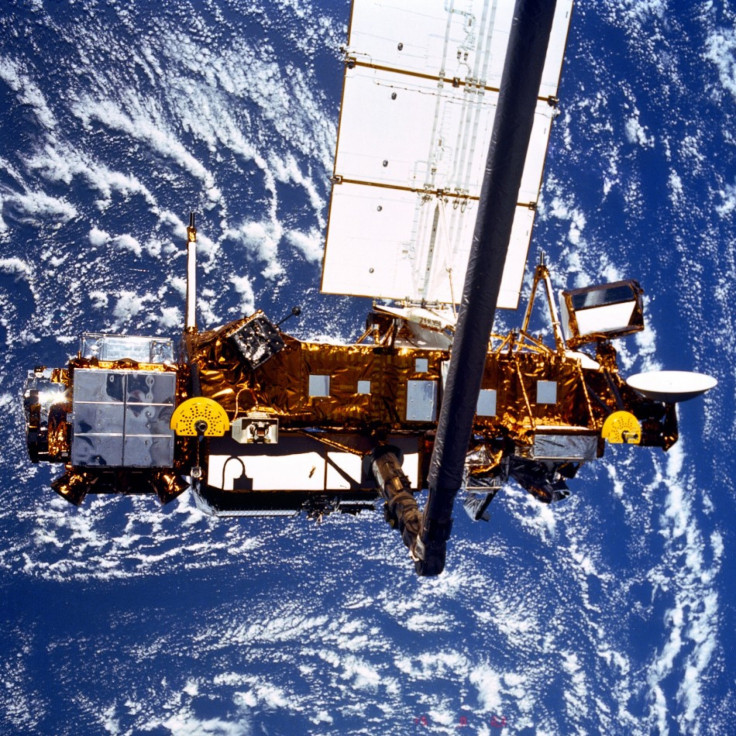Bus-Size NASA Climate Satellite May Hit Earth on Friday

NASA expects its defunct research satellite will fall back to Earth Friday, but says there is no way to know where it will comwe down.
The six-ton, bus-sized Upper Atmosphere Research Satellite was decommissioned in 2005 and has been slowly losing altitude since.
While earlier prediction of its death plunge pointed to sometime between September and early October, the space agency was able to narrow the window to the last week of this month. Most likely, UARS will fall to earth Friday, possibly a day before or after, said NASA.
The re-entry has advanced due to a sharp increase in solar activity since the beginning of this week.
NASA says the 20-year-old UARS ran out of fuel in 2005. Pieces of the satellite could land anywhere in the six inhabited continents in a worldwide swath from south of Juneau, Alaska, to just north of the tip of Antarctica.
Donald J. Kessler, a retired senior scientist for orbital debris research at NASA, said the satellite is likely to break up and burn in the atmosphere, so the chance of anyone on the ground getting hit by the debris is remote, or 1 in 3,200.
Although not all pieces of the satellite will burn in the atmosphere, the Los Angeles Times quoted Kessler as saying that it's almost impossible to predict where a piece of space debris that does not burn might fall.
In a statement, NASA said that as of Monday, the orbit of the UARS was 145 miles by 165 miles (235 km by 265 km).
Launched from the space shuttle Discovery, on Sept. 15, 1991, to collect data on Earth's atmosphere and its interactions with the sun, the $750 million spacecraft orbited the planet more than 78,000 times before ceasing operations on Dec. 14, 2005. It used 10 onboard scientific instruments to collect data on a variety of atmospheric chemicals, including carbon dioxide, ozone, chlorine, methane, nitrogen oxides and chlorofluorocarbons.
In its first two weeks of operation, UARS data confirmed polar ozone depletion by providing three-dimensional maps of ozone and chlorine monoxide near the South Pole during development of the 1991 ozone hole. In addition, UARS collected data on the chemistry, dynamics and radioactive inputs to the upper atmosphere far beyond its designed lifetime.
The United Kingdom and Canada also provided instruments for the mission, the first spacecraft launched as part of NASA's systematic, comprehensive study of the Earth. Although it was designed to last 18 months, upgrades extended UARS' life for years beyond its expected lifespan.
NASA experts suggest at least 26 durable parts will remain intact on re-entry and may crash in a wide area, up to 400 to 500 miles. Some experts are believe Ohio will be the crash site.
If you find something you think may be a piece of UARS, do not touch it. Contact a local law enforcement official for assistance, said NASA.
© Copyright IBTimes 2024. All rights reserved.





















